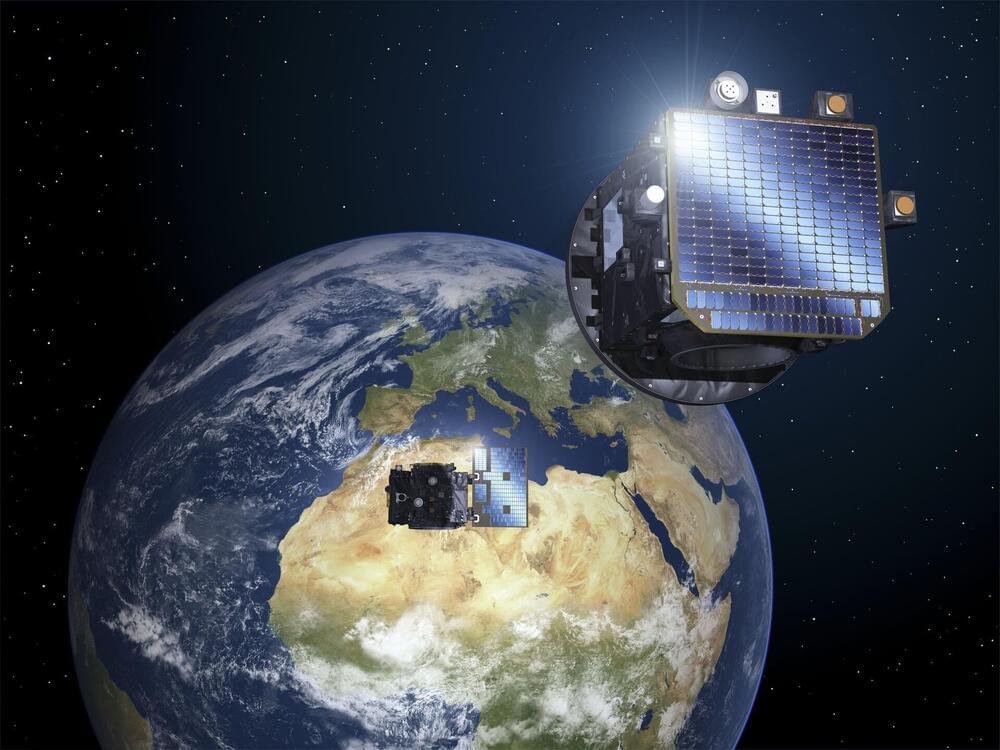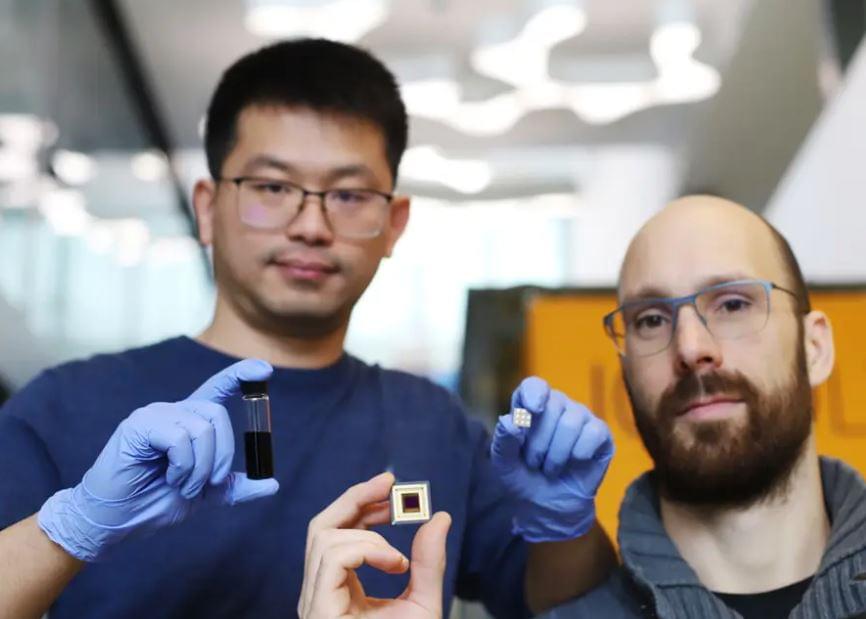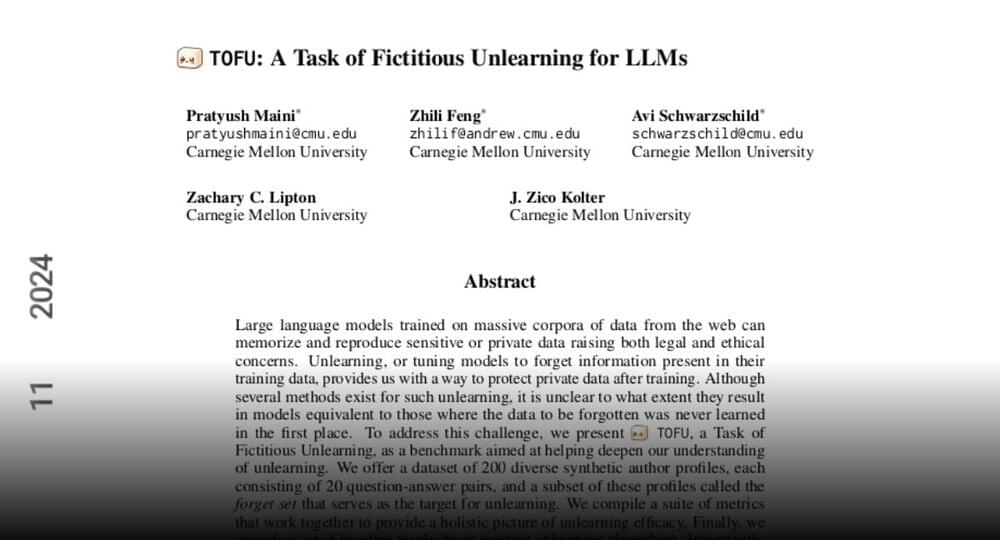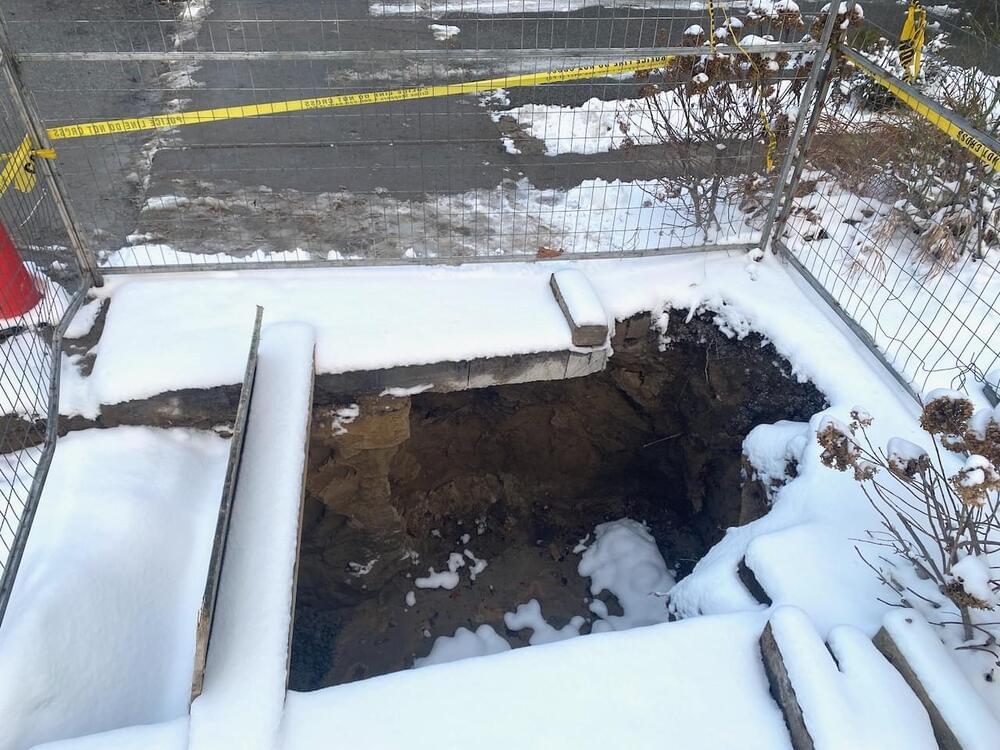Longevity and regenerative medicine doctor Neil Paulvin shares the “holy grail” of longevity foods that he eats every day to boost his brain power and immune system.



Through exquisite, millimeter-scale, formation flying, the dual satellites making up ESA’s Proba-3 will accomplish what was previously a space mission impossible: Cast a precisely held shadow from one platform to the other, in the process blocking out the fiery sun to observe its ghostly surrounding atmosphere on a prolonged basis.
Ahead of the Proba-3 pair launching together later this year, the scientists who will make use of Proba-3 observations were able to see the satellites with their own eyes. Members of this team will test hardware developed for the mission during an actual terrestrial solar eclipse over northern America next April.
The two satellites are currently undergoing final integration in the premises of Redwire near Antwerp in Belgium. They were paid a visit by the Proba-3 Science Working Team, a 45-strong group of solar physicists coming from all across Europe and the wider world.

ICFO and Qurv researchers have fabricated a new high-performance shortwave infrared (SWIR) image sensor based on non-toxic colloidal quantum dots. In their study published in Nature Photonics, they report on a new method for synthesizing functional high-quality non-toxic colloidal quantum dots integrable with complementary metal-oxide-semiconductor (CMOS) technology.
Invisible to our eyes, shortwave infrared (SWIR) light can enable unprecedented reliability, function and performance in high-volume, computer vision first applications in service robotics, automotive and consumer electronics markets. Image sensors with SWIR sensitivity can operate reliably under adverse conditions such as bright sunlight, fog, haze and smoke. Furthermore, the SWIR range provides eye-safe illumination sources and opens up the possibility of detecting material properties through molecular imaging.
Colloidal quantum dots (CQD) based image sensor technology offers a promising technology platform to enable high-volume compatible image sensors in the SWIR. CQDs, nanometric semiconductor crystals, are a solution-processed material platform that can be integrated with CMOS and enables accessing the SWIR range. However, a fundamental roadblock exists in translating SWIR-sensitive quantum dots into key enabling technology for mass-market applications, as they often contain heavy metals like lead or mercury (IV-VI Pb, Hg-chalcogenide semiconductors). These materials are subject to regulations by the Restriction of Hazardous Substances (RoHS), a European directive that regulates their use in commercial consumer electronic applications.
This librivox recording is in the public domain, for more information or to volunteer please visit https://librivox.org/
Go to https://brilliant.org/IsaacArthur/ to get a 30-day free trial + the first 200 people will get 20% off their annual subscription.
We often worry that humanity might be attacked by Aliens or AI, but which is worse and which would win in a battle between them?
Visit our Website: http://www.isaacarthur.net.
Join Nebula: https://go.nebula.tv/isaacarthur.
Support us on Patreon: / isaacarthur.
Support us on Subscribestar: https://www.subscribestar.com/isaac-a…
Facebook Group: / 1583992725237264
Reddit: / isaacarthur.
Twitter: / isaac_a_arthur on Twitter and RT our future content.
SFIA Discord Server: / discord.
Credits:
Aliens vs AI
Episode 429a; January 14, 2024
Produced, Written \& Narrated by: Isaac Arthur.
Editor: Lukas Konecny.
Graphics: Jeremy Jozwik.
Music Courtesy of.
Epidemic Sound http://epidemicsound.com/creator.
Stellardrone, \


“The first A in NASA stands for aeronautics. And we’re all about groundbreaking aerospace innovation,” Melroy said. “The X-59 proudly continues this legacy, representing the forefront of technology driving aviation forward.”
NASA’s latest X-plane (‘X’ for “experimental”) is the culmination of decades of research and involved radically different manufacturing approaches including new augmented reality systems, robotic drilling and 3D modeling techniques.
“This isn’t just an airplane, this is an X-plane,” Melroy added. “It’s the manifestation of a collaborative genius.”
Two tight fasteners kept the majority of the Bennu asteroid sample from scientists since it returned to Earth in September. Now they’ve finally prised it open.

The computing power of today is based on increasingly teeny tiny bits of silicon, transistors. What happens when we can’t make them any smaller, and the CPUs in our computers any faster? In this episode of Future of Tech, we explore a possible solution in the world of DNA computing.
/ @acloudguru.
Resources:
What is DNA Computing.
https://interestingengineering.com/wh…
DNA Data Storage in Azure Cloud.
https://www.technologyreview.com/2017…
Writing “hello” with DNA
https://news.microsoft.com/innovation…